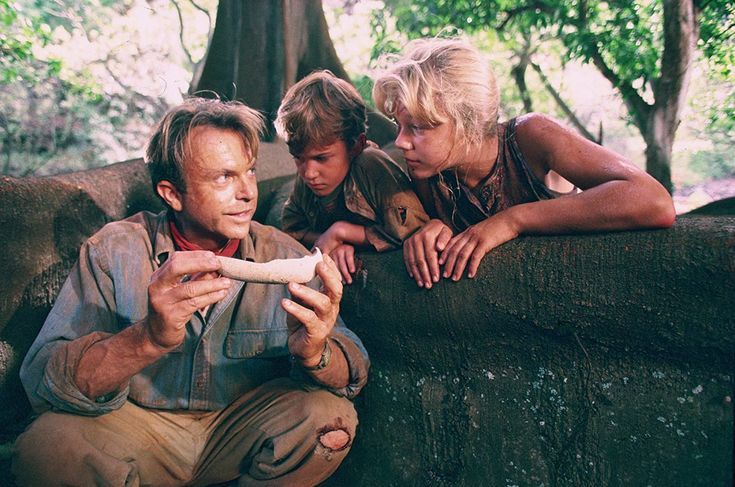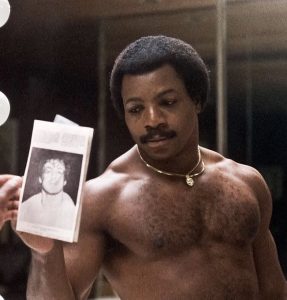Jurassic Park is Steven Spielberg’s iconic action-thriller spun around a theme park filled with genetically created dinosaurs and the turmoil that unfolds when the park’s developers can’t keep their own primary attraction contained.
Also read: What to remember before watching ‘Jurassic World: Dominion’
Everyone can agree that cinema has evolved significantly over the previous quarter-century, but many people may be unaware that a number of major advances can be linked back to this three-time Oscar winner – as this was the highest-grossing film of all time for numerous years. Here’s our take on how Jurassic Park changed cinema:
The ‘Hype’ legacy
Jurassic Park hype was unavoidable in 1993, partly inspired by Batman’s marketing effort four years before. The campaign’s success was a combination of saturation and secrecy — over 1,000 products were licenced (anything from computer games to toiletry kits!) so that the film’s iconic emblem was everywhere, yet the dinosaurs themselves were kept hidden.
Also read: Homecoming king: Marvel to re-release Spider-Man No Way Home with added scenes
Most trailers kept audiences guessing what the ‘stars’ – such as Tyrannosaurus rex and raptors – would look like, inspired by the success of his own picture Jaws, which excluded the shark from promotion. It was a brilliant move, and other films have capitalised on it over the years (JJ Abrams constructed an entire universe out of it with 2008’s Cloverfield).
CGI’s Resurrection
Jurassic Park, arguably the film’s most significant contribution to cinema, was not the first to use computer effects, but it was the first to render them flawless. Spielberg asked effects company Industrial Light and Magic (ILM) to push the envelope by creating convincing digitally generated dinosaurs.
Also read: Rock God: Dwayne Johnson says ‘passion project’ Black Adam now in his DNA
Viewers thought they were watching a dinosaur come to life or Dr. Alan Grant (Sam Neill) retreat from a torrent of prehistoric creatures. That sense of wonder is essential to the film’s mystique, and the digital effects have aged surprisingly well even after 25 years. Consider how many films you’ve watched recently that use CGI; many of them would not exist if Jurassic Park’s technology hadn’t encouraged a whole industry to move forward from it.
Regard for the past
There is, of course, such a thing as too much technology. While the practical effects team was wowed by the digital effects (Grant’s famous line, “I think we’re out of a job,” was fascinated by the team’s reaction to the first CGI dinosaur footage), animatronic dinosaurs played an important role in production and set the example for how to perfectly blend digital effects with conventional ways – something many soulless modern blockbusters could still learn.
Also read: Watch | Teaser of ‘Mike,’ series based on boxer Mike Tyson
The film’s famous T-rex, a combination of computer effects and a full-sized animatronic version with which actors could interact, was the focal point of this partnership. The performers’ expressions of surprise and intimidation were genuine!
The genius touch of Spielberg
While he has done more cinematic pictures, Jurassic Park has to be considered the pinnacle of Steven Spielberg‘s career, representing the director at his most inventive. Incredibly, Jurassic Park was shot concurrently with his Oscar-winning Schindler’s List, with post-production on the former beginning at the same time that the shooting on the latter began.
The procedure took its toll on Spielberg, who took a four-year break from filmmaking after the films’ release, but it was worth it aesthetically. Making two outstanding films is one thing; doing so simultaneously is the mark of a master.







